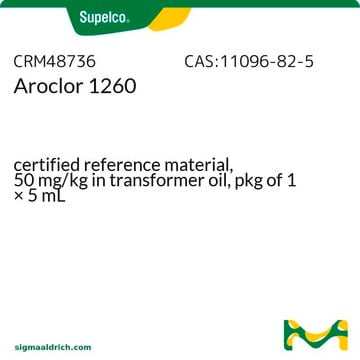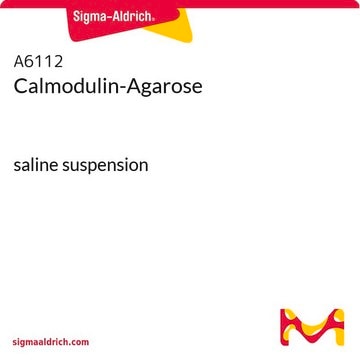1000420
USP
Abacavir Related Compound A
United States Pharmacopeia (USP) Reference Standard
Synonym(s):
(1S,4R)-4-[2,6-Diamino-9H-purin-9-yl]-2-cyclopentene-1-methanol
About This Item
Recommended Products
grade
pharmaceutical primary standard
API family
abacavir
manufacturer/tradename
USP
application(s)
pharmaceutical (small molecule)
format
neat
storage temp.
2-8°C
InChI
1S/C11H14N6O/c12-9-8-10(16-11(13)15-9)17(5-14-8)7-2-1-6(3-7)4-18/h1-2,5-7,18H,3-4H2,(H4,12,13,15,16)/t6-,7+/m1/s1
InChI key
ZKJUXHDSLJYKED-RQJHMYQMSA-N
Looking for similar products? Visit Product Comparison Guide
General description
Application
Analysis Note
Other Notes
related product
Signal Word
Danger
Hazard Statements
Precautionary Statements
Hazard Classifications
Eye Dam. 1
Storage Class Code
11 - Combustible Solids
WGK
WGK 3
Flash Point(F)
Not applicable
Flash Point(C)
Not applicable
Certificates of Analysis (COA)
Search for Certificates of Analysis (COA) by entering the products Lot/Batch Number. Lot and Batch Numbers can be found on a product’s label following the words ‘Lot’ or ‘Batch’.
Already Own This Product?
Find documentation for the products that you have recently purchased in the Document Library.
Related Content
Small molecules are ions and compounds of molecular weight typically less than 900 daltons. These compounds can be effectively separated and analyzed by HPLC, UHPLC and LC-MS using mainly silica particles or monolithic stationary phases with a broad range of column chemistries (modifications).
Small molecules are ions and compounds of molecular weight typically less than 900 daltons. These compounds can be effectively separated and analyzed by HPLC, UHPLC and LC-MS using mainly silica particles or monolithic stationary phases with a broad range of column chemistries (modifications).
Small molecules are ions and compounds of molecular weight typically less than 900 daltons. These compounds can be effectively separated and analyzed by HPLC, UHPLC and LC-MS using mainly silica particles or monolithic stationary phases with a broad range of column chemistries (modifications).
Small molecules are ions and compounds of molecular weight typically less than 900 daltons. These compounds can be effectively separated and analyzed by HPLC, UHPLC and LC-MS using mainly silica particles or monolithic stationary phases with a broad range of column chemistries (modifications).
Our team of scientists has experience in all areas of research including Life Science, Material Science, Chemical Synthesis, Chromatography, Analytical and many others.
Contact Technical Service









